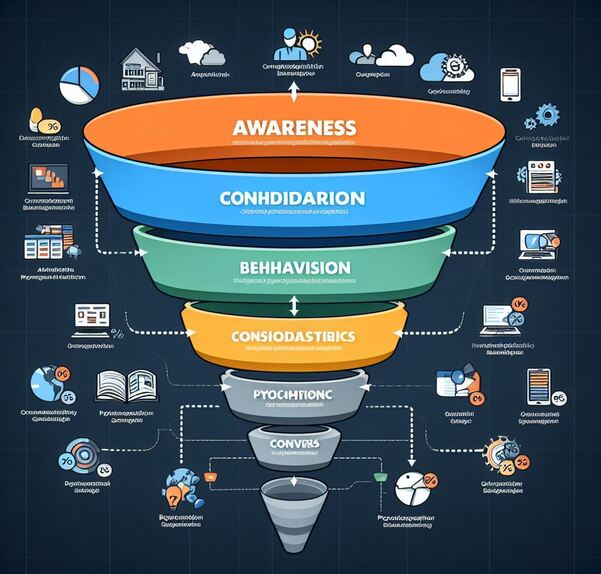Segmentation
Segmentation

Segmentation is a strategic marketing concept that involves dividing a heterogeneous market into smaller, more manageable segments based on shared characteristics, needs, preferences, or behaviors. The goal of segmentation is to identify groups of customers who have similar needs and characteristics so that businesses can tailor their marketing efforts, products, and services to better meet the specific needs and preferences of each segment. Here are the key aspects of segmentation:
Identifying Segmentation Variables: Segmentation variables are the criteria used to divide the market into segments. These variables can be demographic (e.g., age, gender, income, occupation), geographic (e.g., location, climate, population density), psychographic (e.g., lifestyle, values, personality), or behavioral (e.g., usage rate, loyalty, purchasing behavior). Businesses typically use a combination of these variables to create meaningful segments.
Segmentation Process: The segmentation process involves several steps, including market research, data analysis, and segmentation strategy development. Businesses collect data on customers' characteristics, needs, and behaviors through surveys, interviews, focus groups, and data analysis techniques. They then analyze this data to identify patterns and similarities among customers and develop segmentation strategies based on these insights.
Segmentation Criteria: When segmenting the market, businesses consider several criteria to ensure that segments are meaningful, actionable, and measurable. These criteria include:
- Measurable: Segments should be identifiable and measurable using specific criteria.
- Substantial: Segments should be large enough to be profitable and worth targeting.
- Accessible: Segments should be reachable and accessible through marketing efforts.
- Differentiable: Segments should be distinct from one another and respond differently to marketing strategies.
- Actionable: Segments should be actionable, meaning that businesses can effectively target and serve them with tailored marketing strategies and offerings.
Segmentation Strategies: Once segments have been identified, businesses develop segmentation strategies to target each segment effectively. This may involve developing tailored marketing messages, products, and services that resonate with the specific needs and preferences of each segment. Businesses may also use different distribution channels, pricing strategies, and promotional tactics to target different segments.
Benefits of Segmentation: Segmentation offers several benefits for businesses, including:
- Better targeting: By understanding the needs and preferences of different segments, businesses can target their marketing efforts more effectively and efficiently.
- Increased customer satisfaction: Tailoring products and services to the specific needs of each segment can lead to higher levels of customer satisfaction and loyalty.
- Improved marketing ROI: Targeted marketing efforts can lead to higher response rates, conversion rates, and ROI compared to mass marketing approaches.
- Competitive advantage: Businesses that effectively segment their market and tailor their offerings to different segments can gain a competitive advantage by meeting the specific needs of customers better than their competitors.
01 April 2024
Viewed 1345 time

 EN
EN  TH
TH

